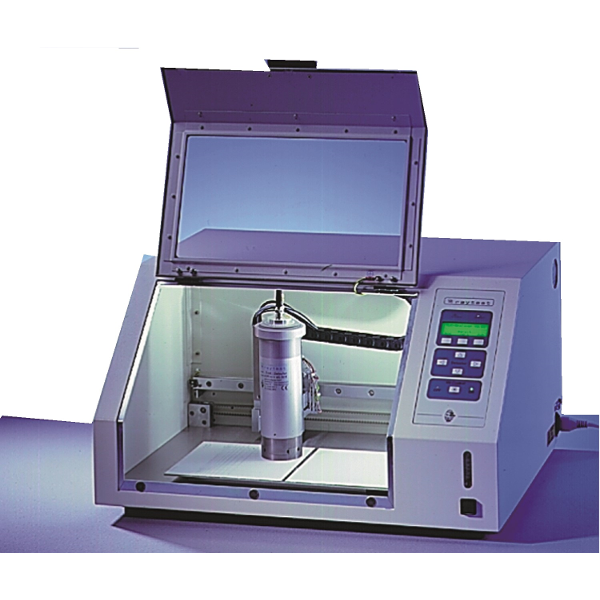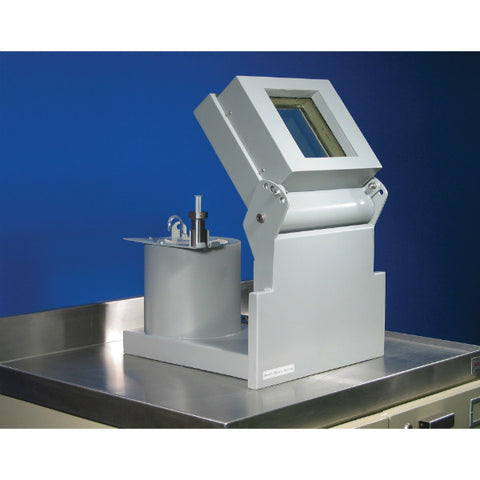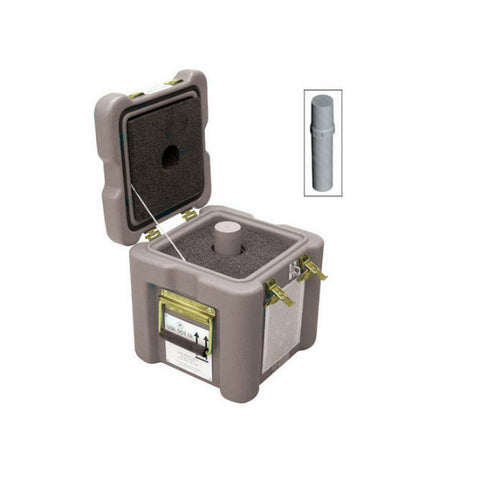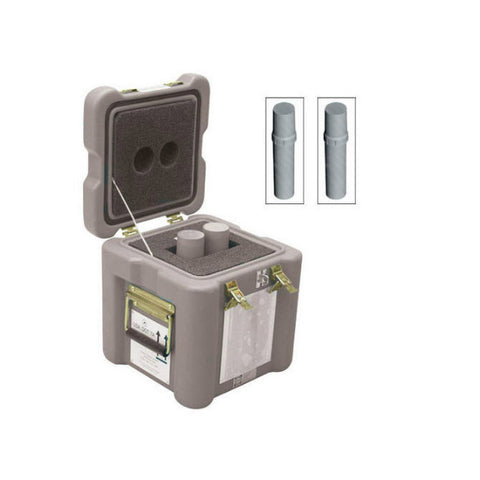
Raytest
Gita
GITA* is a scanning device, which moves the radioactivity detector along 1 trace from start to finish and goes to the next pre-programmed trace position and scans that trace with individual nuclide settings.
For ɣ-nuclides, GITA* uses a scintillation probe with a BGO crystal. Due to its density, BGO has a quite high stopping power for radiation and a reasonable energy resolution. BGO is mechanically stable and non-hydroscopic. Relative small size and special shape enable a sophisticated design of the scintillation probe.
There are 5 mechanical collimators designed for the energy ranges of 0-60, 60-150, 150-250, 250-450, >450 keV. Depending on the radiation energy of the radioactive compound, the suitable collimator is inserted into the detector. Simple tools help to keep the distance the same between the sample surface and detector entry window.
GITA* offers a calibration and sensitivity check with a reference source. After all traces of the first 200 x 200 mm TLC plate are completed, the second TLC-plate can be scanned. A single chromatogram can be displayed live on the screen of the connected PC. Multiple traces can be displayed in 3-dimensional format.
Peak integration and evaluation can be performed manually or automatically. The measurement and data handling is digital (single event counting) and limit of detection can be determined for every small peak.
For ɣ-nuclides, GITA* uses a scintillation probe with a BGO crystal. Due to its density, BGO has a quite high stopping power for radiation and a reasonable energy resolution. BGO is mechanically stable and non-hydroscopic. Relative small size and special shape enable a sophisticated design of the scintillation probe.
There are 5 mechanical collimators designed for the energy ranges of 0-60, 60-150, 150-250, 250-450, >450 keV. Depending on the radiation energy of the radioactive compound, the suitable collimator is inserted into the detector. Simple tools help to keep the distance the same between the sample surface and detector entry window.
GITA* offers a calibration and sensitivity check with a reference source. After all traces of the first 200 x 200 mm TLC plate are completed, the second TLC-plate can be scanned. A single chromatogram can be displayed live on the screen of the connected PC. Multiple traces can be displayed in 3-dimensional format.
Peak integration and evaluation can be performed manually or automatically. The measurement and data handling is digital (single event counting) and limit of detection can be determined for every small peak.






























